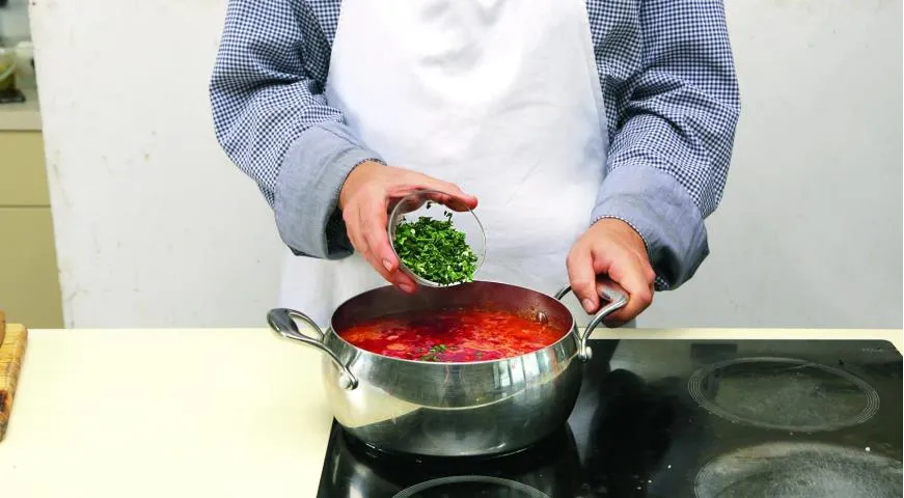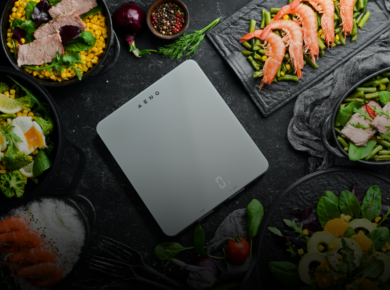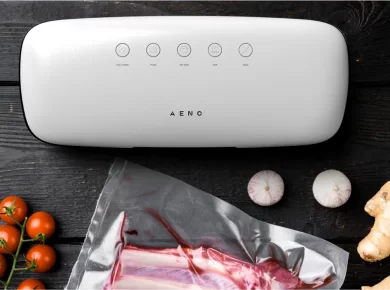Borscht is an essential part of the national cuisine of many Eastern European countries, including Ukraine, Moldova, Poland, Lithuania, and others. Its popularity can be explained by its delicious taste and incredible health benefits. Made from beets, cabbage, greens, and other healthy foods, it provides the body with many nutrients that make it strong and vigorous.
What is borscht? In this article, you will find a detailed answer to this question and learn about its main types. By adding this dish to your diet, you will quickly feel its amazing effect on your body and enjoy its unique taste qualities.

Which National Cuisine Introduced the Idea of Borscht
Where is borscht from? Its history goes back many centuries to the medieval state of Kievan Rus. This area became the source of several modern states, including Ukraine, Belarus, and Russia. That is why borscht has spread across vast territories of Eastern Europe and Northern Asia.
Differences Between Borscht and Many Other Soups
Over the past centuries, many recipes for this dish have appeared in different parts of the world. Experts count hundreds of variations of borscht, emphasizing that each of them is worthy of attention and tasting. Is it possible to find an authentic borscht that is generic in relation to all later variations? Let’s figure out what is common to different types of borscht.

It is widely believed that borscht is a type of soup in which the key ingredients are beets and cabbage. Other components may vary. For example, you can add tomatoes or tomato sauce, beef or chicken, or even make a vegetarian version of this dish. Therefore, it may seem that borscht does not exist without beets and cabbage. Still, in some cuisines, it is prepared without beets if someone does not like its taste. Instead, cooks add other ingredients, such as hibiscus tea, sorrel broth, etc. You can also cook it without cabbage, as in the case of white Polish borscht. Therefore, if you can find something in common between all the varieties of recipes, it is a certain sourness that can be given to the soup with the help of different ingredients.
Modern Borscht: Basic Ingredients
If you want to cook classic Ukrainian borscht, you will need the following products:
- Beets: Choose varieties with bright red roots. In this case, your dish will have a rich color and taste.
- Cabbage: You can use fresh white cabbage and sauerkraut.
- Meat: Beef, pork, chicken, duck, etc. Instead of meat, you can add fish or mushrooms, but this will no longer be a classic borscht recipe.
- Other Vegetables: The more different vegetables you put in borscht, the more flavorful it will be. The basic ones are potatoes, tomatoes, peppers, carrots, onions, beans, etc.
Another important feature of Ukrainian borscht is its dressing. It is served with crushed lard with garlic and sour cream with herbs.

Differences Between Modern and Authentic Borscht
Borscht served in modern Ukrainian restaurants has many differences in comparison with authentic versions known from the times of Kievan Rus:
- Tomatoes have become an important component of the national cuisines of many countries, including Ukraine. However, in the era of Kievan Rus, such a vegetable was still unknown to its population. Therefore, it was not used in its pure form or the form of tomato paste.
- The same applies to potatoes. They became known to Ukrainians only in the second half of the 18th century. Therefore, potato was included in the borscht recipe later.
- Beans entered the diet of Eastern Europeans only in the 17th century. Before that, they were considered an original ornamental plant. Therefore, you will not find this popular ingredient in authentic borscht from the Kievan Rus era.
On the contrary, the ancient version of borscht had some other ingredients that are rarely used today:
- Whey;
- Sauerkraut;
- Hogweed leaves;
- Various seasonal berries;
- Green apples as an alternative for sourness.
Therefore, if you want to try the taste of the very first versions of borscht, it will seem rather exotic to you. But its modern popular variations will impress you with its rich taste and fantastic flavor.
Popular Types of Borscht from Different National Cuisines
If you like cooking Ukrainian borscht, it will surely become one of your favorite dishes. However, you should not stop at just one recipe because each national cuisine has its unique secrets for cooking this dish. Here are the most popular variations prepared by the best chefs in chic restaurants and many people in their kitchens.
Red Borscht
A special highlight of borscht is its perfect bright red color. However, novice cooks cannot understand why their borscht does not turn out such an amazing shade. The secret lies in the duration and method of cooking beets. If you simmer beets for too long, the color of the soup turns brown. Therefore, to get red borscht, follow these tips:
- You can bake beets in the oven instead of boiling them with other vegetables. And when the borscht is almost ready, add them to the pan in grated form. In this case, their color will remain rich red.
- If you prefer to sauté beets rather than bake them, do this separately from other vegetables. In this case, they will not color carrots, onions, asparagus, or any other ingredient red.
- To preserve the color of the beets, you can add a little lemon juice during sautéing. You can even enhance the color with butter. It is also added during sautéing.
- Another option to make borscht red is to use tomato paste and a little sugar. Like other methods, these ingredients are mixed with the beets during sautéing.
If you follow these tips, your borscht will be the perfect red color from the first cooking.

White Borscht
Fans of this traditional Ukrainian dish are often surprised to learn that Poles cook white borscht. They are used to the fact that the main ingredient borscht is beetroot, which gives the dish its red color. However, in the Polish recipe, it is missing, as well as cabbage. White borscht is popular for special occasions, the most significant of which is Easter Sunday. Housewives often prepare it using the very products they blessed on Holy Saturday.
To get a rich and flavorful white borscht, Poles add the following ingredients:
- Smoked bacon
- Celery root
- Parsley root
- Carrot
- Leek
- Dried mushrooms
- Egg
This type of Eastern European soup is prepared with wheat sourdough. If you like the sour taste that gives borscht a spiciness, use sauerkraut juice. Add marjoram, pepper, and garlic as a seasoning. When serving white borscht to guests, add a spoonful of sour cream.

Cold Borscht
Is borscht served hot or cold? Traditional types of borscht are served hot. This distinguishes them from beetroot soup or cold borscht, an alternative version of this dish that is also made with beets. This type of soup is often prepared during the hot summer months, when the human body requires cooling rather than additional heating. Here are the main similarities and differences between cold and hot borscht:
- Both types use beets, but for cold borscht, they are baked and then diced or grated.
- When preparing cold borscht, you do not need to boil all the vegetables together. They are all baked or boiled separately, then diced and mixed.
- Some ingredients of cold borscht are added fresh, such as cucumbers, radishes, and green onions. Simply chop them on a cutting board and mix them with roasted vegetables, such as potatoes, carrots, and beets.
- Instead of meat broth, you can use kefir or whey. They are refreshing on a hot summer day and go well with any vegetable in this mixture.
- Unlike hot borscht, the meat in cold borscht must be cut into the same small pieces as the eggs, potatoes, beets, and other ingredients.
- For this summer soup, you can use regular sausage or even herring. In this case, the cooking time is reduced since you do not have to cook meat broth.
If you want to make a vegetarian version of cold borscht, just do not add meat or sausage. Since it is not cooked in broth but in kefir or whey, it can be served to vegetarians without any other adjustments.
Sorrel Borscht
If cold borscht is served in the summer, sorrel borscht is ideal for spring. At this time, sorrel appears among other first greens, which are needed for the human body after a long winter. Sorrel is considered one of the first suppliers of vitamins, along with green onions. It appears in early spring and is actively used in the preparation of various dishes.
Sorrel harmonizes perfectly with other ingredients of borscht, such as potatoes, carrots, onions, garlic, etc.
However, you should not cook sorrel for too long, so that it does not lose its nutritional value. It is enough to hold it together with the other ingredients for 3-4 minutes after boiling. Also, do not forget to add parsley or dill to sorrel borscht, which are also a valuable source of vitamins in the spring.
The Bottom Line
Eastern Europeans love borscht and are happy to cook it for various occasions. They always treat their foreign guests to authentic dishes, and borscht usually ranks first. This is no coincidence, as the long history of this unique soup has proven its value in the human diet.
Of course, borscht is not fast food; it cannot be cooked in a minute, fifteen minutes, or half an hour. Depending on the recipe, you will spend from one to two and a half hours preparing it. And even after that, it should be infused for 30-40 minutes so that its taste becomes more intense. At the same time, such a long preparation gives borscht a special value and shows respect for the guests. Therefore, when you are invited to borscht, be sure to agree. Its preparation is a special culinary ritual, filled with love and wishes of health to everyone who tastes it.









1 comment
Borscht is more than just a soup; it’s a symbol of tradition, often passed down through generations in Eastern European families.